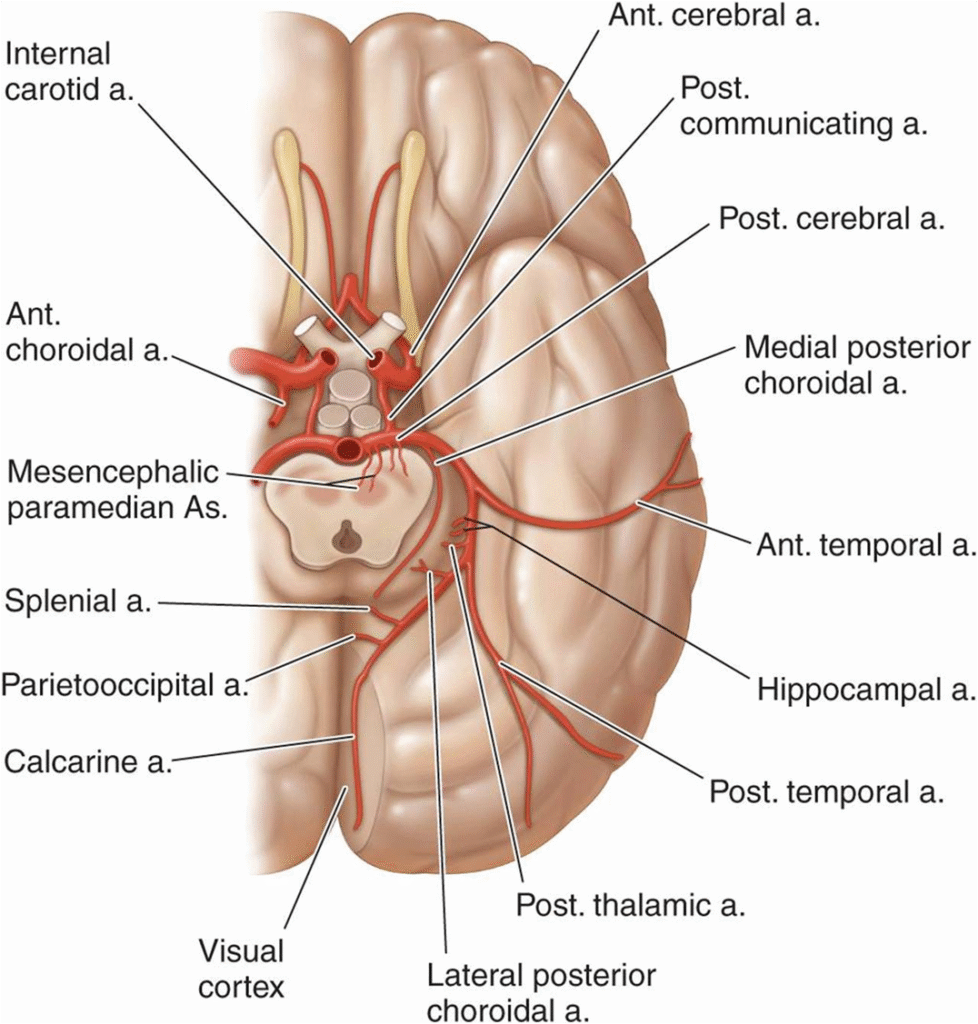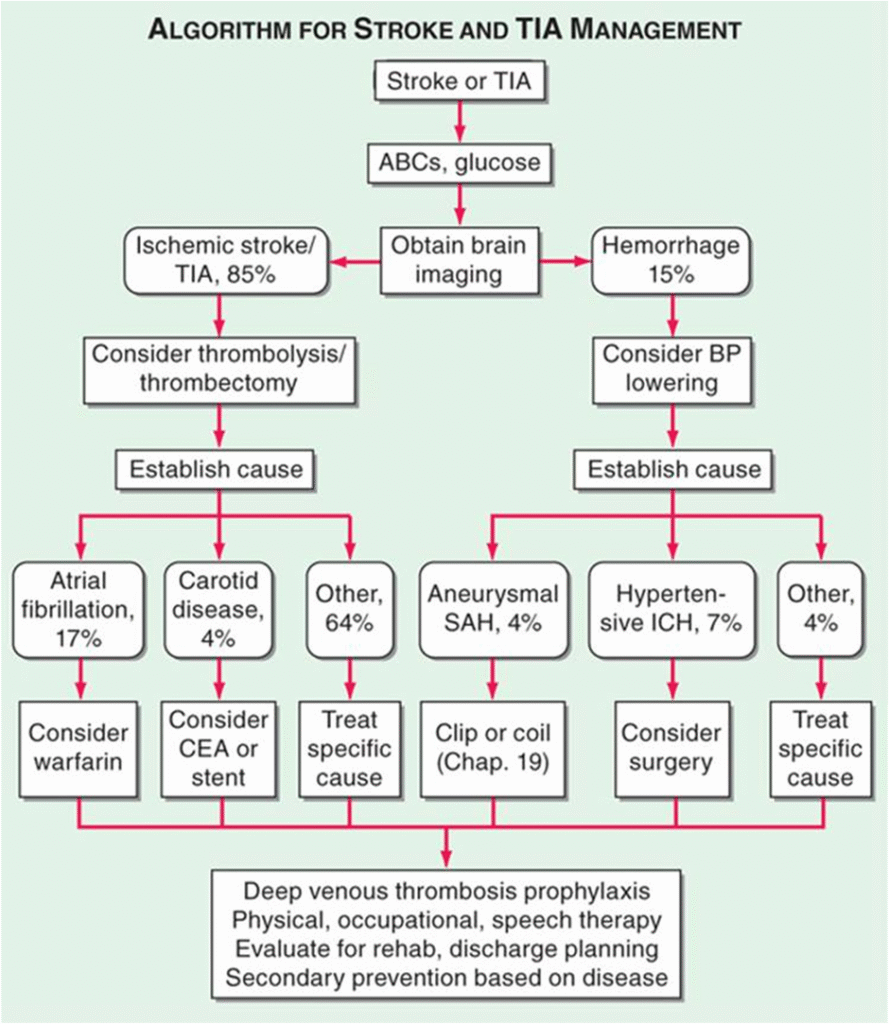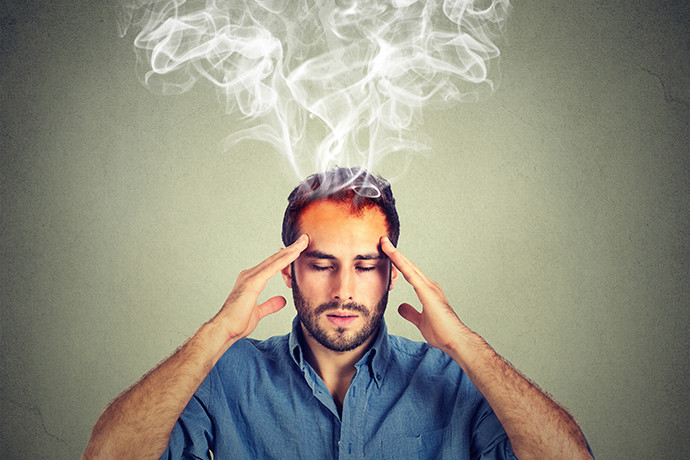Every minute counts when it comes to a stroke. Often striking without warning, brain attack is one of the leading causes of death and disability worldwide. Recognizing the signs early can save a life
Cerebrovascular diseases include some of the most common and devastating disorders: ischemic stroke and hemorrhagic stroke.
brain attack is the second leading cause of death worldwide, with 6.2 million dying from brain attack in 2015, an increase of 830,000 since the year 2000. In 2016, the lifetime global risk of brain hemorrhage from age 25 years onward was 25%, an increase of 8.9% from 1990. Nearly 7 million Americans age 20 or older report having had a brain hemorrhage, and the prevalence is estimated to rise by 3.4 million adults in the next decade, representing 4% of the entire adult population.
What is a Stroke?
A stroke occurs when blood flow to part of the brain is blocked (ischemic brain attack) or when a blood vessel bursts (hemorrhagic brain attack). Without oxygen, brain cells die within minutes, leading to permanent damage or death.
Types of Stroke:
Ischemic Stroke (≈ 85%)
Caused by a clot or blocked artery.
Common in people with high cholesterol, diabetes, or heart disease.
Categorized in 3 types:Ischemic brain attack, hemorrhagic brain attack, transient ischemic attack
1.Thrombotic : due to thrombus formation
2.Embolic : due to moving thrombus from other body parts to cerebral vessels.
3.Hypoxic : due to systemic hypoperfusion like during cardiac surgeries blood can not reach up to brain.



Transient Ischemic Attack (TIA)
•A mini-brain attack — temporary blockage.
•Warning sign of a bigger brain attack coming soon!
3rd form of brain attack is Hemorrhagic stroke(~15%)
• Caused by rupture of a blood.
• Often due to HTN or aneurysms.

Stroke Symptoms – Remember F.A.S.T.
Remember F.A.S.T. to spot stroke signs:
•F – Face drooping
•A – Arm weakness
•S – Speech difficulty
•T – Time to call emergency services (like 108 in India)
•Loss of sensory and/or motor function on one side of the body (nearly 85% of ischemic brain attack patients have hemiparesis).
Other signs:
•Sudden confusion or memory loss
•Blurred or double vision
•Severe headache
•Loss of balance or coordination
The clinical manifestations of stroke are highly variable because of the complex anatomy of the brain and its vasculature.
Stroke syndromes are divided into (1) large-vessel stroke within the anterior circulation, (2) large-vessel brain attack within the posterior circulation, and (3) small-vessel disease of either vascular bed.
These arteries from ant. Circulation: Ant. Cerebral artery, Middle cerebral artery, Lenticulostriate artery
These from Posterior circulation: Posterior Cerebral artery, Basilar artery, Antrior inferior cerebellar artery and its opposite PICA, Anterior Spinal artery.
YOU CAN SEE ABOVE DIAGRAMS FOR ANATOMICAL CORRELATION.



Causes & Risk Factors
Major risk factors for brain hemorrhage include:
- High blood pressure (most critical)
- Smoking
- Diabetes
- High cholesterol
- Obesity & poor diet
- Sedentary lifestyle
- Family history of brain attack
Diagnosis
Doctors may use:
- CT scan or MRI to detect type of brain hemorrhage
- Blood tests, ECG, carotid Doppler
- Neurological exams to assess brain damage
Treatment
Ischemic Stroke
- tPA (clot-busting drug) within 4.5 hours
- Mechanical thrombectomy (clot removal)
Hemorrhagic Stroke
- Reduce bleeding & brain pressure
- Surgical intervention if required

Prevention Tips
- Control blood pressure, sugar & cholesterol
- Quit smoking
- Maintain a balanced, low-salt, high-fiber diet
- Exercise 30 minutes daily
- Take prescribed medication for heart conditions
Life After a brain hemorrhage
Recovery includes:
Physiotherapy
Speech therapy
Mental health support
Regular medical checkups
Important Facts
- brain hemorrhage can affect any age group
- Every second counts — immediate medical help is crucial
- 80% of brain attack are preventable with lifestyle changes
brain attack doesn’t care about age — it’s becoming more common even in young adults. Knowing the signs, acting fast, and managing your health can save your life or that of a loved one.
Don’t wait. Act FAST.

